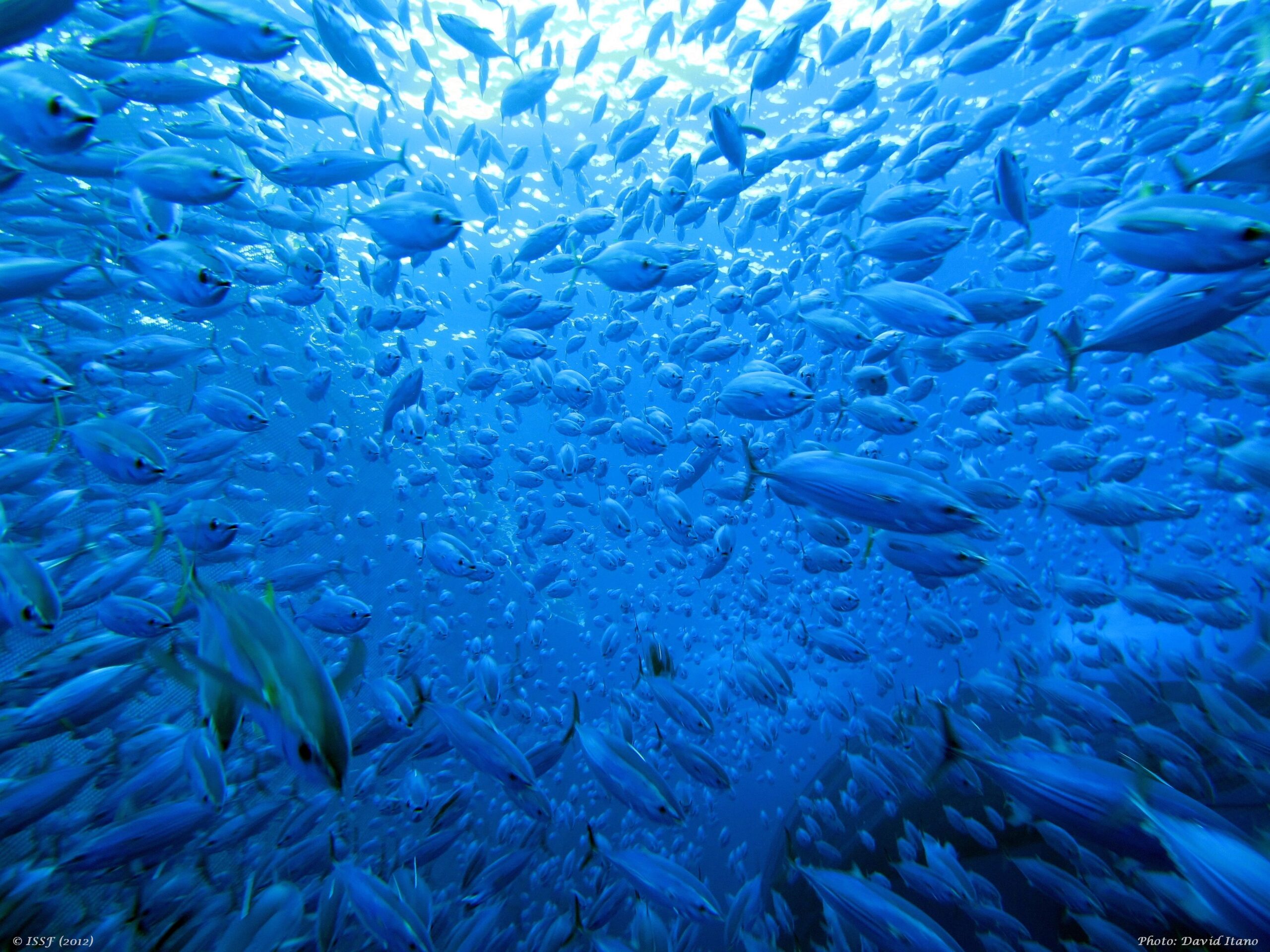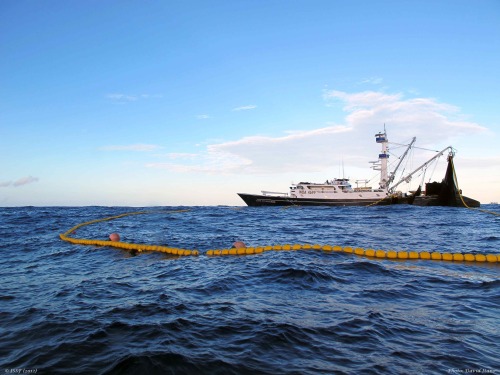Improving Fishing Gear through Innovation & Outreach
Featured Blog
Fisheries Research Must Go On
Fisheries scientists, like almost everyone else, were forced to accept a new normal during the global pandemic. We found ourselves sharing workspaces with our remote-learning children. Traveling much less often, as movement restrictions rendered certain projects downright unfeasible. And collaborating with colleagues virtually, rather than face-to-face—which meant missing some critically productive (and usually enjoyable) aspects of our work. But sustainability couldn’t wait for the old normal to return. We had to keep progressing, one way or another.
Some of our most exciting work is centered on “jelly-FADs”—biodegradable fish aggregating devices (FADs) that we designed in collaboration with a team of physical oceanographers. Jelly-FADs are made of organic materials and are smaller than traditional models, yet they drift slowly, like jellyfish, so ocean currents are less likely to carry them too far afield. Both of those qualities will reduce their environmental impact if they are lost or abandoned.
Read more from Dr. Gala Moreno
For an overview of ISSF’s collaborative work to date on improving the design and management of FADs, read Reviewing Progress on the Path to Better Designed, Better Managed FADs.
Read Dr. Victor Restrepo’s blog
Featured Graphics
ISSF coordinates at-sea research to find the best non-entangling designs and natural materials for fish aggregating devices (FADs) that can biodegrade. This map shows where new trials and deployments of biodegradable FADs are taking place around the world.
A second comprehensive map infographic shows the locations and extent of ISSF’s research with tuna fleets since 2011. Some of the research projects also have included government and NGO partners.
Featured Content
ICYMI: 87.7% of Global Tuna Catch Continues to Come from Stocks at Healthy Levels; 9.6% Require Stronger Management
Of the total commercial tuna catch worldwide, 87.7% of the global catch continues to be sourced from stocks at “healthy” levels of abundance, according to the newest International Seafood Sustainability Foundation (ISSF) Status of the Stocks report. In addition, 9.6% of the total tuna catch came from overfished stocks, and 2.7% came from stocks at an intermediate level of abundance.
ISSF publishes its signature Status of the Stocks report twice each year using the most current scientific data on 23 major commercial tuna stocks.


